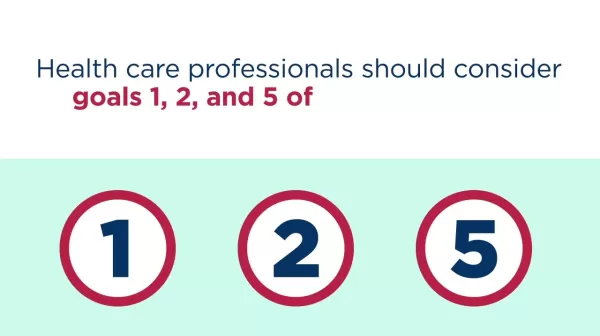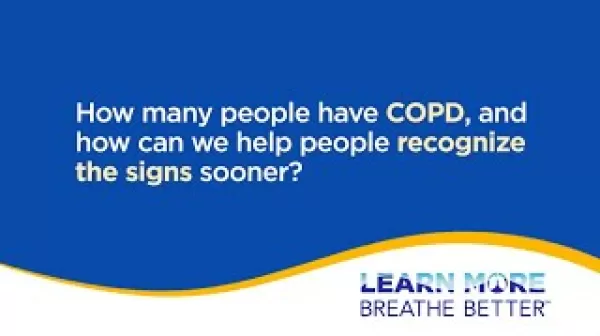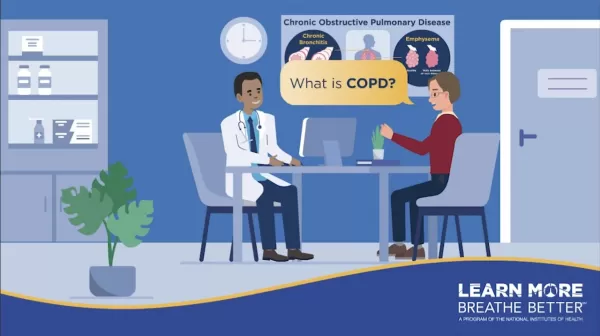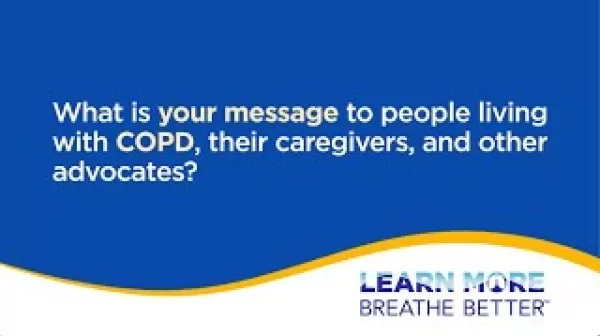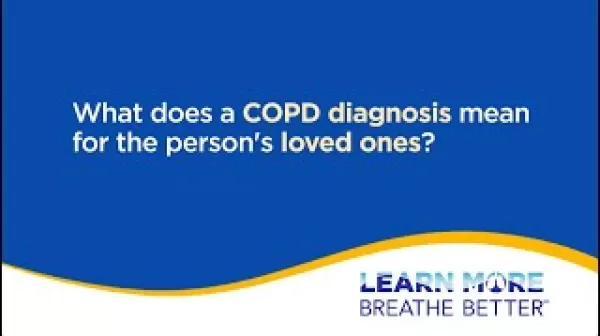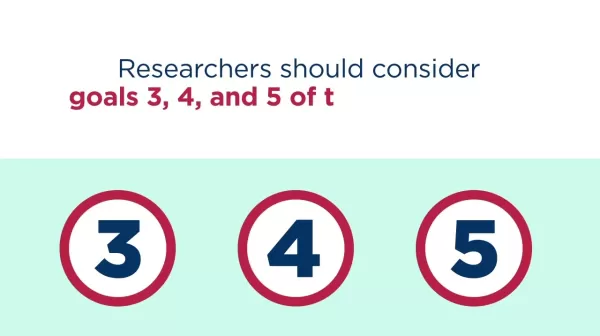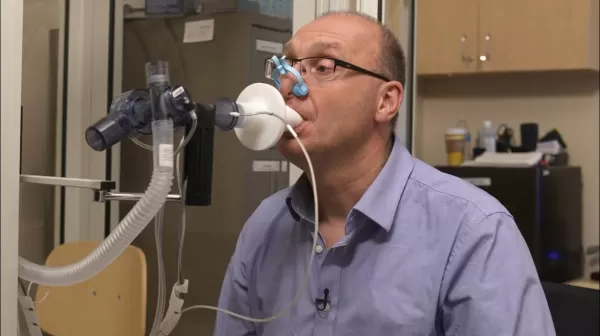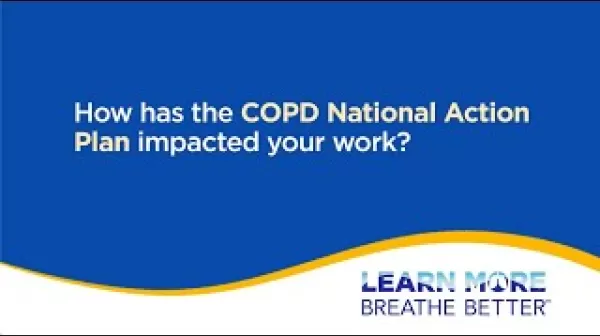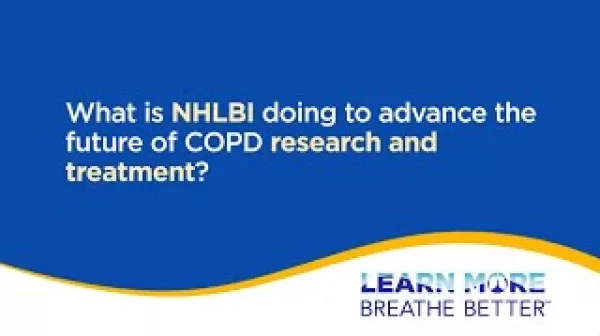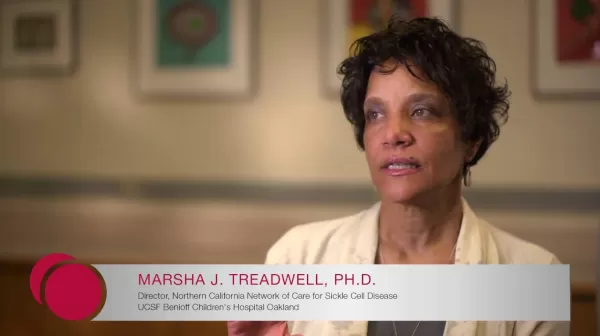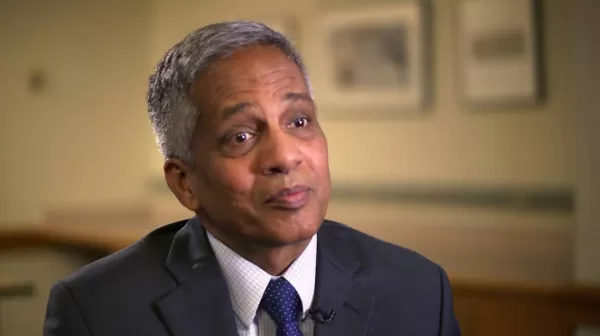Partnering in the Fight Against COPD
Chronic obstructive pulmonary disease (COPD), which includes emphysema and chronic bronchitis, is a serious lung disease that makes it hard to breathe. More than 16 million Americans have been diagnosed with this debilitating lung disease, and it’s estimated that millions more have it and don’t know. Watch NHLBI Breathe Better Network partners — including the COPD Foundation, the Dorney-Koppel Foundation, and the American Lung Association — discuss the importance of partnerships in helping people understand and recognize COPD earlier, so they can get the treatment they need.


